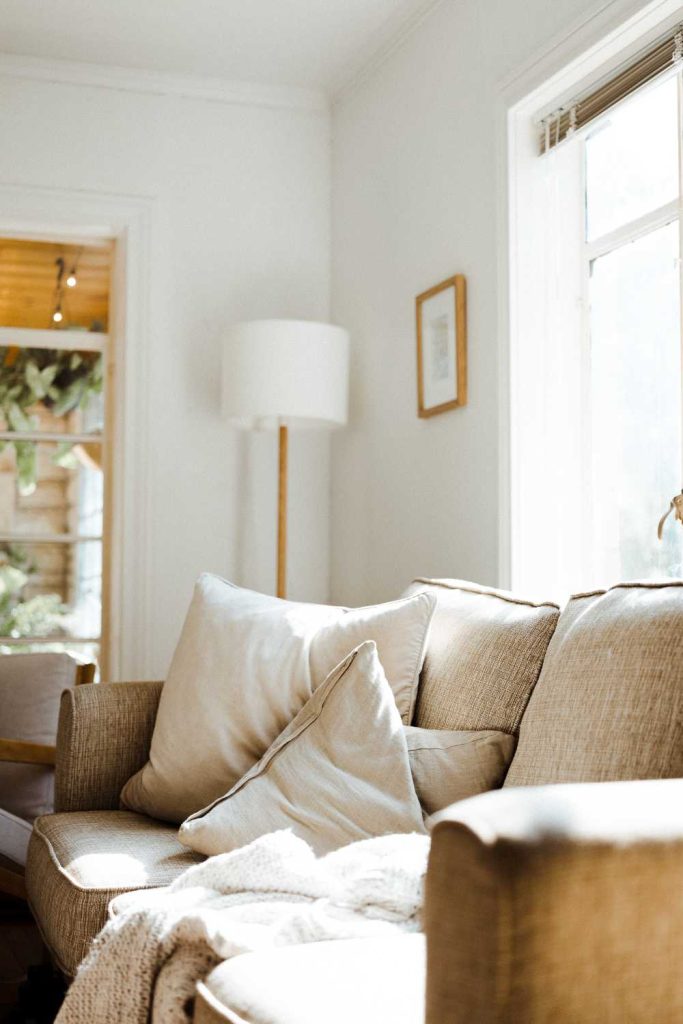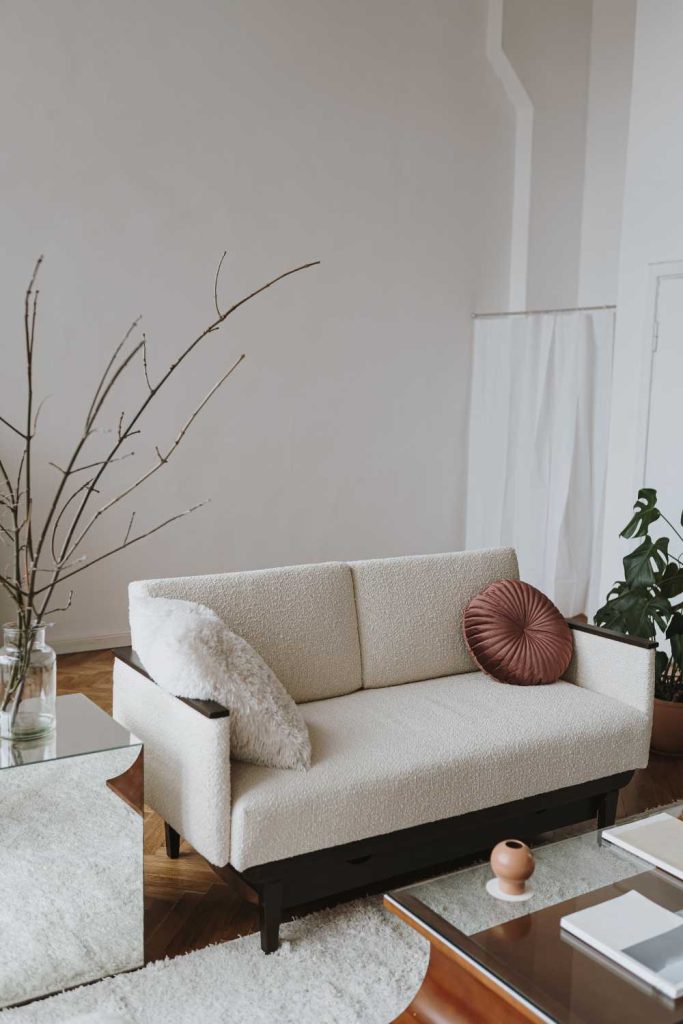Creating an eco-friendly home doesn’t mean compromising on style. Sustainable home decor allows you to design a beautiful and functional space while minimizing your environmental footprint. By incorporating thoughtful choices and eco-conscious practices, you can transform your home into a haven of sustainability.Start by focusing on versatile and durable pieces that stand the test of time. Investing in high-quality furniture and decor reduces the need for frequent replacements, minimizing waste. Look for items that can serve multiple purposes, such as storage ottomans, extendable tables, or modular shelving units, which combine functionality with a timeless aesthetic.
Layering natural textures and materials can also enhance both style and sustainability. Incorporate wooden furniture, stone accents, and organic textiles like cotton, linen, or wool to create warmth and visual interest. These materials are not only eco-friendly but also durable, ensuring your space remains inviting and long-lasting.
Personalize your home with upcycled, secondhand, or handcrafted items. Repurposing old furniture, shopping at thrift stores, or adding handmade decor pieces adds unique character while supporting sustainable practices. Thoughtful curation of these elements allows you to craft a stylish, eco-conscious home that reflects your personality and values.
Choose Eco-Friendly Sustainable Home Decor
The foundation of sustainable home decor lies in selecting materials that are environmentally friendly. Opt for furniture and decor made from reclaimed wood, bamboo, or recycled metals. These materials not only reduce waste but also add unique character to your space.
For textiles, consider organic cotton, linen, or hemp, which are produced with minimal environmental impact. Rugs, curtains, and cushions made from these fabrics are durable and free from harmful chemicals. Additionally, look for items labeled as Fair Trade or certified by organizations like FSC (Forest Stewardship Council) to ensure ethical sourcing.
Lighting and energy efficiency are also key components of sustainable home decor. Choose LED bulbs or solar-powered lighting options to reduce energy consumption. Lamps and fixtures made from recycled or responsibly sourced materials can further support eco-friendly living while adding style to your space. Thoughtful placement of windows and mirrors can maximize natural light, reducing the need for artificial lighting during the day.
Incorporating plants into your sustainable home decor not only enhances aesthetics but also improves indoor air quality. Select low-maintenance indoor plants like pothos, snake plants, or peace lilies, which help purify the air naturally. Using planters made from recycled materials or sustainably sourced ceramics aligns with an eco-conscious approach while adding a touch of greenery that brings life to your home.
Embracing upcycling and secondhand shopping contributes significantly to sustainable decorating. Repurposing old furniture with a fresh coat of eco-friendly paint or transforming jars and containers into storage solutions reduces waste. Thrifted or vintage items add character and history to your space while supporting a circular economy, making your home both stylish and environmentally responsible.

Embrace Upcycling and Secondhand Finds
Upcycling and reusing furniture or sustainable home decor is a creative way to reduce waste and give new life to old items. Transform an old dresser with a fresh coat of eco-friendly paint or repurpose glass jars as chic storage containers. This not only saves resources but also adds a personal touch to your home.
Shopping secondhand is another excellent way to decorate sustainably. Visit thrift stores, flea markets, or online marketplaces to find unique pieces with history and charm. By choosing pre-loved items, you reduce the demand for new production and contribute to a circular economy.
Incorporating natural and biodegradable materials into your home decor is another way to embrace sustainability. Opt for furniture made from responsibly sourced wood, bamboo, or reclaimed materials, and choose textiles like organic cotton, linen, or wool. These eco-friendly choices not only minimize environmental impact but also add warmth and texture to your living spaces, creating a healthier and more inviting home environment.
DIY projects can also play a big role in sustainable decorating. Simple ideas like creating your own wall art from recycled materials, sewing cushion covers from fabric scraps, or making planters from old containers allow you to personalize your space while reducing waste. These creative projects can be both fun and rewarding, giving your home a unique character that reflects your values.
Consider the longevity and versatility of the items you bring into your home. Choose high-quality, durable pieces that can withstand daily use and adapt to changing styles over time. Multi-functional furniture, timeless designs, and items that can be repurposed in different ways not only reduce the need for frequent replacements but also encourage a more mindful, sustainable approach to sustainable home decor.

Incorporate Energy-Efficient and Natural Elements
Sustainability extends beyond materials to the way you design and use your space. Energy-efficient lighting, such as LED bulbs, not only reduces electricity consumption but also lasts significantly longer than traditional options. Maximize natural light during the day by using sheer curtains or strategically placing mirrors to reflect sunlight.
Adding plants to your sustainable home decor not only enhances its aesthetic appeal but also improves air quality. Choose low-maintenance options like snake plants or succulents for a touch of greenery that requires minimal care. Vertical gardens or herb planters are perfect for small spaces and add a fresh, eco-friendly vibe.
By following these sustainable home decor tips, you can create a stylish, eco-conscious space that reflects your values. Choosing eco-friendly materials, embracing upcycling, and incorporating energy-efficient elements are small steps that make a big difference for both your home and the planet.





















